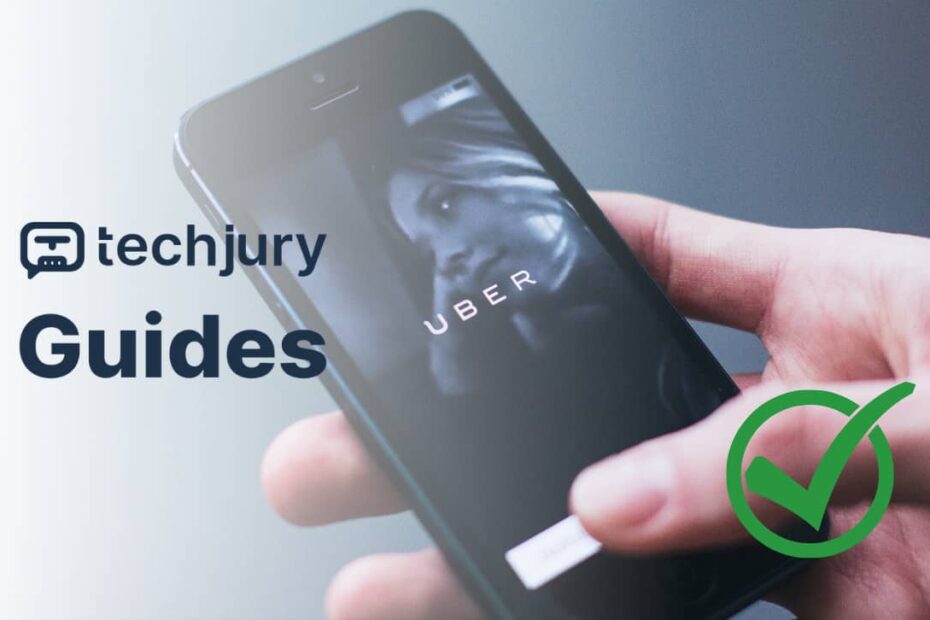The Evolution of Transportation Safety Screening
When you step into an Uber, your safety depends on an intricate technological ballet of data verification and screening processes. As a data analysis specialist, I‘ve spent years examining how technology transforms traditional background checking methodologies, and Uber represents a fascinating case study in modern identity verification.
The journey of background screening has dramatically transformed from manual paper-based checks to sophisticated digital verification systems. What once took weeks now happens in mere days, powered by advanced algorithms and interconnected databases that can cross-reference multiple information sources instantaneously.
The Technical Architecture of Modern Background Checks
Modern background screening isn‘t just about collecting information—it‘s about intelligently processing complex datasets across multiple jurisdictional boundaries. For Uber, this means creating a robust technological framework that can rapidly validate a potential driver‘s credentials while maintaining stringent privacy standards.
The process begins the moment an applicant submits their initial information. Advanced machine learning algorithms immediately start parsing submitted documents, comparing them against national databases, criminal records, and driving history repositories. This isn‘t a simple yes-or-no evaluation but a nuanced risk assessment that considers multiple contextual factors.
Decoding the Uber Background Check Timeline
Most applicants wonder about the precise duration of Uber‘s background check. While the company suggests a 3-5 business day window, the reality is far more complex. Multiple variables influence the actual processing time, including:
Jurisdictional Data Accessibility
Different counties and states maintain varying levels of digital record-keeping. Some regions provide instantaneous online access to criminal and driving records, while others require manual retrieval—a process that can significantly extend verification timelines.Complexity of Personal History
An applicant with a straightforward record will naturally progress through screening faster than someone with complex historical entries requiring deeper investigation. Each additional flag or potential concern triggers more comprehensive review protocols.Technological Infrastructure
Uber leverages cutting-edge data integration platforms that can simultaneously query multiple databases. This parallel processing dramatically reduces overall verification time compared to traditional sequential checking methods.
The Algorithmic Screening Process
Imagine a sophisticated digital detective working tirelessly to validate every aspect of a potential driver‘s background. Uber‘s screening algorithm doesn‘t just look for disqualifying factors—it constructs a comprehensive risk profile considering numerous data points.
Criminal record checks involve more than simple conviction searches. The system evaluates:
- Severity of past infractions
- Recency of potential issues
- Patterns of behavior
- Contextual understanding of historical records
Driving history analysis goes beyond basic traffic violations. The algorithm assesses:
- Accident frequency
- Type of driving incidents
- Pattern of responsible vehicle operation
- Potential risk indicators
Privacy and Security: Balancing Verification with Protection
As technology advances, the delicate balance between comprehensive screening and individual privacy becomes increasingly critical. Uber‘s background check process must thread a narrow needle—gathering sufficient information to ensure rider safety while protecting applicants‘ personal data.
Advanced encryption protocols and anonymized data processing ensure that sensitive personal information remains protected throughout the screening process. Machine learning models are specifically designed to extract only necessary verification data, minimizing unnecessary personal information exposure.
Technological Innovations in Identity Verification
Emerging technologies are revolutionizing how background checks operate. Biometric verification, artificial intelligence-powered document authentication, and real-time database cross-referencing are transforming traditional screening methodologies.
Facial recognition technologies can now validate government-issued identification with [99.7%] accuracy, while machine learning algorithms can detect potential document forgeries in milliseconds. These technological advances represent a quantum leap in background check capabilities.
Regional and Regulatory Variations
Background check requirements aren‘t uniform across different regions. Each state and municipality maintains unique regulations governing transportation worker screening. Uber‘s technological infrastructure must remain adaptable, capable of dynamically adjusting to diverse legal landscapes.
In California, for instance, background check requirements differ significantly from those in Texas. Uber‘s screening algorithms must be sufficiently flexible to accommodate these regional nuances while maintaining consistent safety standards.
Investment in Continuous Improvement
Uber doesn‘t view background checking as a static process but as a continuously evolving technological challenge. Significant resources are invested in refining screening methodologies, incorporating machine learning models that become more sophisticated with each processed application.
The Human Factor in Technological Screening
While algorithms drive the background check process, human oversight remains crucial. Trained specialists review complex cases, providing nuanced judgment in scenarios where automated systems might struggle to make definitive determinations.
This hybrid approach—combining technological efficiency with human expertise—represents the gold standard in modern identity verification.
Future Perspectives: The Next Generation of Background Screening
Looking forward, background check technologies will become increasingly predictive rather than merely retrospective. Machine learning models will likely develop capabilities to assess potential future risk behaviors, not just evaluate past incidents.
Blockchain technologies might provide immutable, verifiable identity records, while advanced AI could create more comprehensive risk assessment frameworks that consider broader contextual information.
Conclusion: A Technological Symphony of Safety
Uber‘s background check process represents more than a simple screening mechanism—it‘s a complex technological symphony designed to protect riders, drivers, and the broader transportation ecosystem.
As data analysis specialists, we stand at the fascinating intersection of technology, safety, and human potential. Each background check tells a story of technological innovation, carefully balancing individual privacy with collective security.
The next time you request an Uber ride, remember the sophisticated technological infrastructure working silently to ensure your safe journey.
